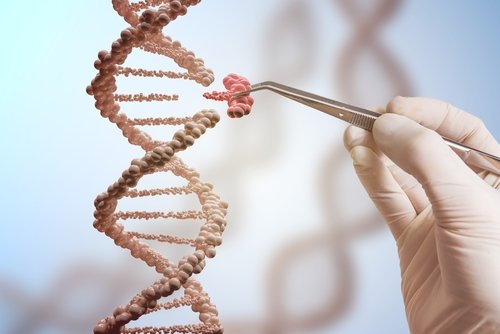Sarepta and Duke University Collaborating on Gene Editing as a Treatment for Duchenne MD

Sarepta Therapeutics is working with Duke University’s biomedical engineering program program on gene editing therapies for Duchenne muscular dystrophy.
The editing approach the partners are using is called CRISPR/Cas9. It can correct mutations by removing regions of a gene that contain abnormal material. Removing the region restores the function of the protein that a normal gene produces.
In the case of Duchenne MD, scientists can use CRISPR/Cas9 technology to remove the abnormal parts of the dystrophin gene. This can restore part of the dystrophin protein’s functioning.
Sarepta will be collaborating with Dr. Charles A. Gersbach’s lab at Duke on the editing, which has the potential to treat a majority of DMD patients.
“Gene editing has the potential to revolutionize the treatment of diseases with genetic mutations,” Douglas Ingram, Sarepta’s president and chief executive officer, said in a press release. “We are particularly excited about the potential it holds for DMD patients.”
If the Sarepta-Duke collaboration leads to a potential treatment for DMD, the company will take the lead on getting it through clinical trials that lead to the Food and Drug Administration approving it.
“We will work closely with Dr. Gersbach, a pioneer in applying the CRISPR technology to treat Duchenne, to advance a program that builds upon the established body of research by Dr. Gersbach and his team,” Ingram said. “Today’s agreement exemplifies our strategy of investing in and advancing a multifaceted array of potential therapies for the largest number of individuals with DMD by leveraging our own research and development efforts, as well as forging external partnerships with the field’s best and brightest minds.
Gene editing holds great potential in treating an array of genetic diseases besides DMD, scientists say.
“Although early, CRISPR technology represents hope for a large percentage of individuals with DMD,” Gersbach said. “Excising certain exons [regions of genes that contain coding to produce proteins] has the potential to correct a majority of DMD mutations.”
Gersbach’s team has already shown that removing the region of the dystrophin gene that codes for the dystrophin protein restores the protein’s function in mouse models of DMD. The normal functioning of the protein improved the mice’s muscle strength.
“We are pleased to be partnering with Sarepta, a leader in the development of DMD therapies,” Gersbach said. ” The company’s dedication to the patient community, and their goal to pursue a variety of scientific approaches, makes them an ideal partner for Duke and our team of researchers in pursuing our goal of translating the science into a treatment.”






